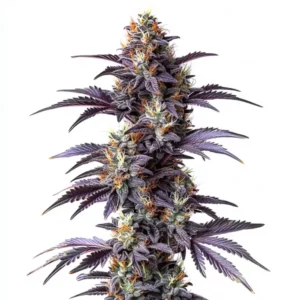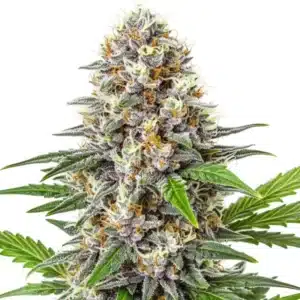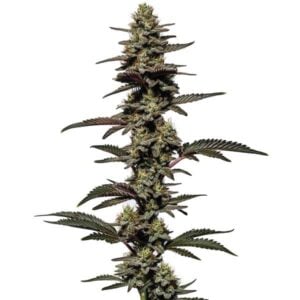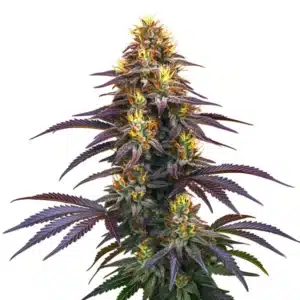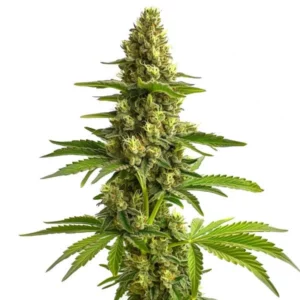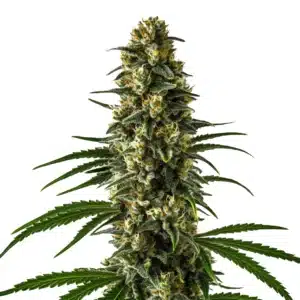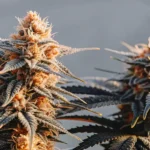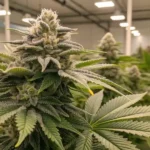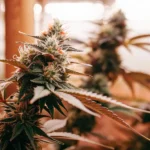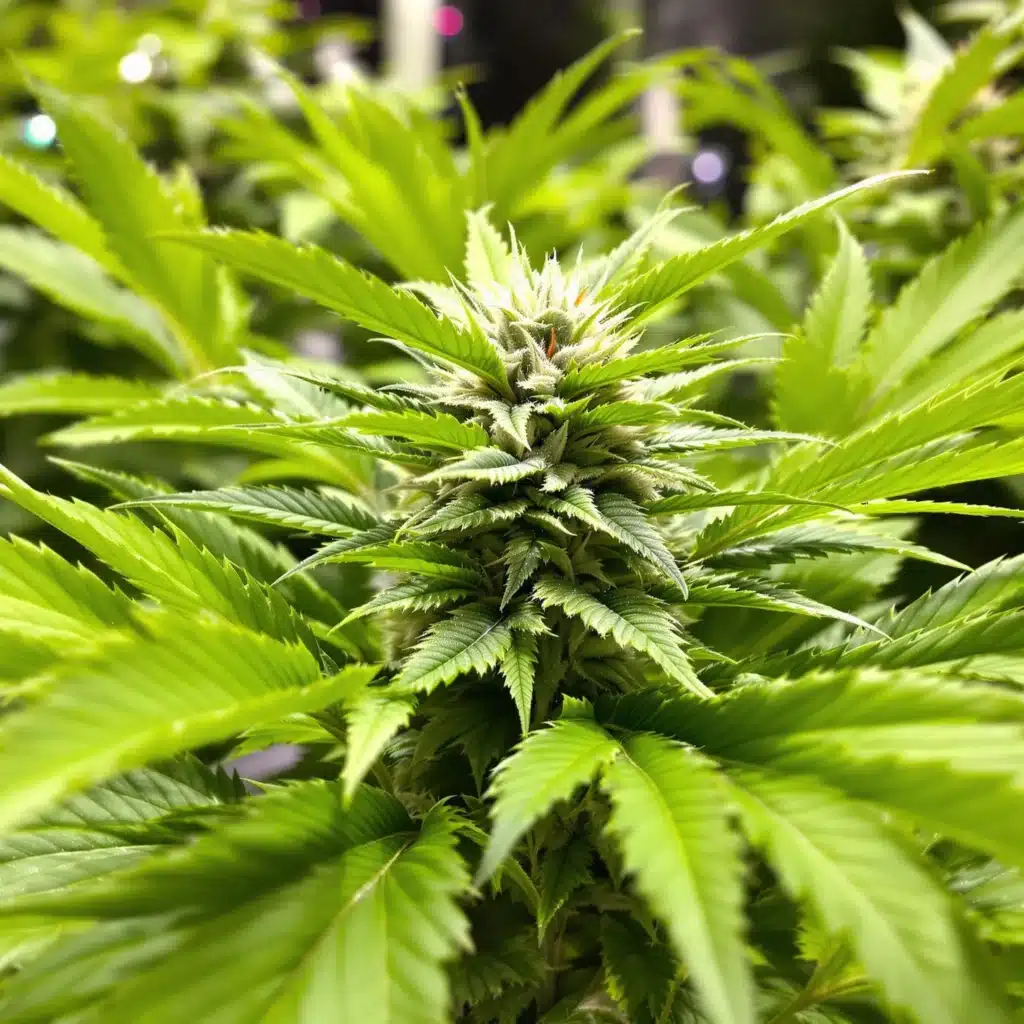
No Buds at 4 Weeks Into Flowering? Tips for Faster Results
Seeing no buds at 4 weeks into flowering can be frustrating for growers. Don’t worry, there are steps you can take to diagnose the problem and get your plants back on track. Here’s a guide to understanding the potential causes and actionable tips to encourage bud development.
Common Reasons for No Buds at 4 Weeks Into Flowering
Insufficient Light Intensity During Flowering
Light intensity plays a critical role in the flowering stage. If your plants aren’t receiving enough light, they may struggle to form buds. Ensure your grow lights provide adequate intensity for the flowering stage, typically between 600-1000 PAR for most cannabis strains. Check the distance between the light source and your plants to avoid light stress. Experiencing 4 weeks into flowering and no buds is often a sign of inadequate light exposure or suboptimal growing conditions.
Recommended Strains
Mimosa
|
|
THC | 24% - 30% (High) |
|
|
Type | Feminized |
|
|
Yield | High |
|
|
Phenotype | 30% Indica / 70% Sativa |
Mimosa Cake Auto
|
|
THC | 22% - 24% (Medium) |
|
|
Type | Autoflowering |
|
|
Yield | High |
|
|
Phenotype | 40% Indica / 60% Sativa |
Incorrect Nutrient Balance for Bud Development
Cannabis plants require different nutrient balances during the flowering stage compared to the vegetative phase. High nitrogen levels, while great for leafy growth, can inhibit bud development. Switch to a bloom-specific nutrient mix that is high in phosphorus and potassium to stimulate flower production.
Monitor feeding schedules carefully to avoid nutrient lockout or deficiencies. Overfeeding leads to nutrient burn, while underfeeding results in stunted growth. Incorporate micronutrients like calcium and magnesium, which are essential for healthy bud development. Tailoring nutrients to your strain can make a significant difference in outcomes.
Environmental Stress: Temperature and Humidity Issues
Temperature and humidity play significant roles in successful flowering. Temperatures above 85°F (29°C) or below 60°F (15°C) can inhibit growth. Similarly, high humidity levels above 60% during flowering can cause stress and increase the risk of mold.
Maintain optimal conditions: 70-80°F (21-26°C) with 40-50% humidity. Use fans and dehumidifiers to stabilize the environment. If you’re seeing no buds at 4 weeks into flowering, review environmental factors carefully.
Promos & Deals
How to Encourage Bud Formation Quickly
Adjusting Your Lighting Schedule for Maximum Results
Switching to a 12/12 light cycle is essential for photoperiod strains to trigger flowering. Ensure that your plants experience total darkness during the night cycle, as light leaks can confuse their growth cycle.
For autoflowers, ensure they are receiving 18-24 hours of light per day. Increasing light intensity during daylight hours can boost energy for bud development. Proper lighting adjustments can resolve the issue of no buds at 4 weeks into flowering.
Optimizing Nutrient Levels for the Flowering Stage
Use a high-quality bloom booster to supply phosphorus and potassium. These nutrients are crucial for healthy bud formation. Gradually reduce nitrogen levels to focus the plant’s energy on flowering rather than vegetative growth.
Supplement with micronutrients such as magnesium and calcium to prevent deficiencies that could delay flowering. Ensure your nutrient solution’s pH is between 6.0-6.5 for soil grows and 5.5-6.0 for hydroponics. If you’re struggling with no buds at 4 weeks into flowering, nutrient adjustments can make a big difference.
Managing Stress to Support Healthy Bud Growth
Stress from improper training, pruning, or environmental fluctuations can hinder bud formation. Avoid unnecessary defoliation or topping during flowering unless absolutely necessary. Keep a consistent environment to minimize plant stress and encourage steady growth.
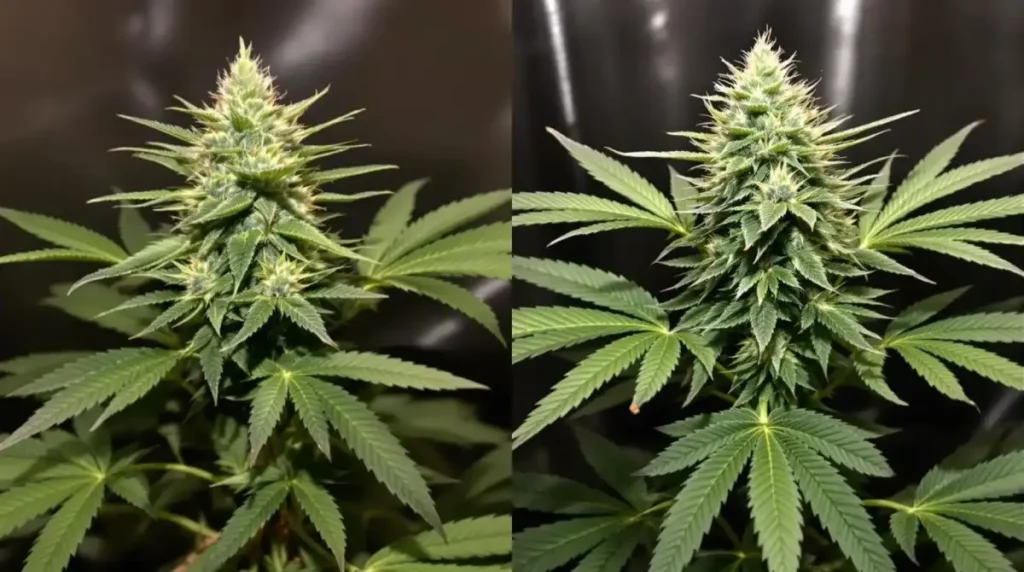
Signs of Healthy Progress During Flowering
Identifying Pre-Flowers and Bud Sites
Pre-flowers, which appear as small pistils or calyxes, indicate the start of bud development. Check nodes for these signs to ensure your plant is progressing. Healthy pre-flowers are a positive indicator that buds will soon follow.
Plants that display consistent pre-flower development across their nodes are generally on track. This early stage is also an opportunity to identify the plant’s sex and remove any males from your grow area. No buds at 4 weeks into flowering may mean pre-flower development is delayed.
Monitoring Pistil and Trichome Development
As flowering progresses, pistils should elongate, and trichomes will begin to form. These are clear signs of healthy bud growth. Monitor these structures under magnification to track maturity.
Trichomes initially appear clear and gradually turn cloudy as the plant matures. Their transformation is an excellent indicator of when buds are nearing their peak potency and readiness for harvest. Regular monitoring helps identify reasons for no buds at 4 weeks into flowering.
Ensuring Steady Vertical and Lateral Growth
During early flowering, plants may stretch, growing taller and developing side branches. This stage, known as the “flowering stretch,” is a normal sign of bud preparation. Ensure even growth by adjusting lighting and training techniques.
Common Mistakes That Delay Bud Development
Overfeeding or Underfeeding During Flowering
Excessive nutrients can lead to nutrient burn, while insufficient feeding can stunt growth. Use a balanced feeding schedule to avoid these pitfalls. Flush your plants if you suspect nutrient lockout to reset the growing medium and ensure nutrient uptake.
Skipping pH and EC Level Checks
Incorrect pH or electrical conductivity (EC) levels can prevent nutrient absorption. Regularly test your water and nutrient solution to maintain optimal ranges.
Failure to monitor these levels can lead to nutrient deficiencies or toxicities, both of which can delay bud growth. Consistent tracking and adjustment are key to achieving thriving plants.
Ignoring Plant Training Needs in Early Flowering
Techniques like low-stress training (LST) can improve light exposure to bud sites, which is especially beneficial for strains with a 4 week flower cycle. Neglecting training during the vegetative stage may result in uneven growth and delayed flowering.
Advanced Techniques to Boost Bud Growth
Defoliation to Improve Light Penetration
Strategic defoliation can help light reach lower bud sites. Remove large fan leaves blocking light but avoid excessive pruning, which can stress the plant.
Defoliation should be done gradually and selectively. Focus on areas with dense foliage while ensuring the plant retains enough leaves for photosynthesis. Improving light penetration can address the challenge of no buds at 4 weeks into flowering.
Using Bloom Boosters to Enhance Yield
Bloom boosters are nutrient supplements designed to maximize bud density and size. Incorporate these into your feeding schedule during the mid to late flowering stages for noticeable results.
Implementing Low-Stress Training (LST) for Flowering
LST involves gently bending and tying branches to create an even canopy. This technique improves light distribution and airflow, supporting robust bud growth without stressing the plant.
Combining LST with other training techniques, such as SCROG (Screen of Green), further enhances plant potential and maximizes yield in limited spaces. Utilizing LST is a practical way to overcome the issue of no buds at 4 weeks into flowering
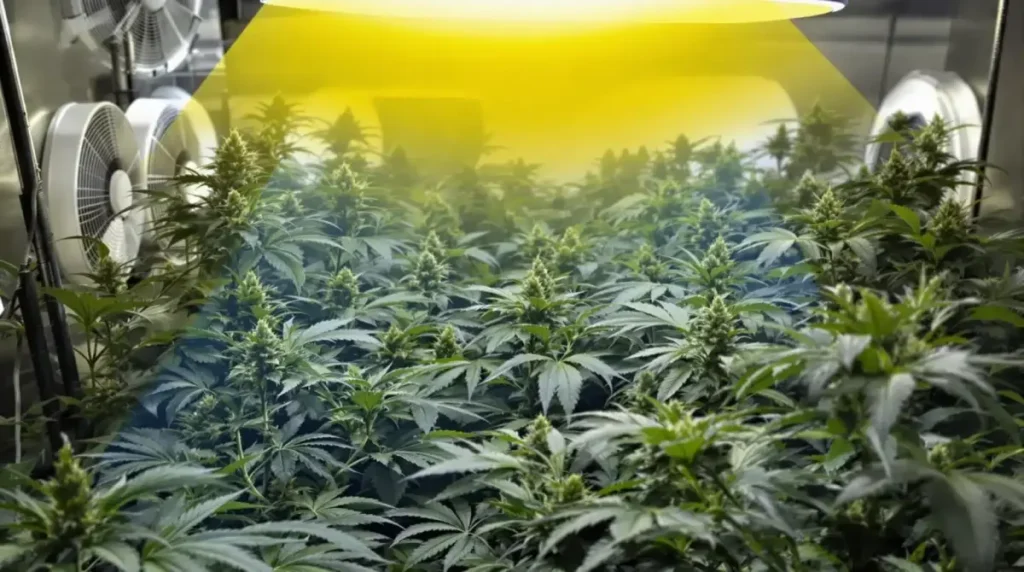
FAQs About 4 weeks into flowering and no buds
Is it normal for buds to develop slowly during the first few weeks?
Yes, it’s common for buds to take time to form during the initial weeks of flowering. The first 2-3 weeks often involve the “stretch phase,” where plants focus on structural growth before concentrating on bud production.
How much light do plants need during the flowering stage?
Cannabis plants require intense light during flowering. Aim for 600-1000 PAR indoors and ensure outdoor plants receive at least 8 hours of direct sunlight daily.
What should I do if my buds aren’t growing after 4 weeks?
Reassess your growing conditions, including light intensity, nutrient levels, and environmental factors. Adjust these parameters and monitor your plants closely for improvements.



